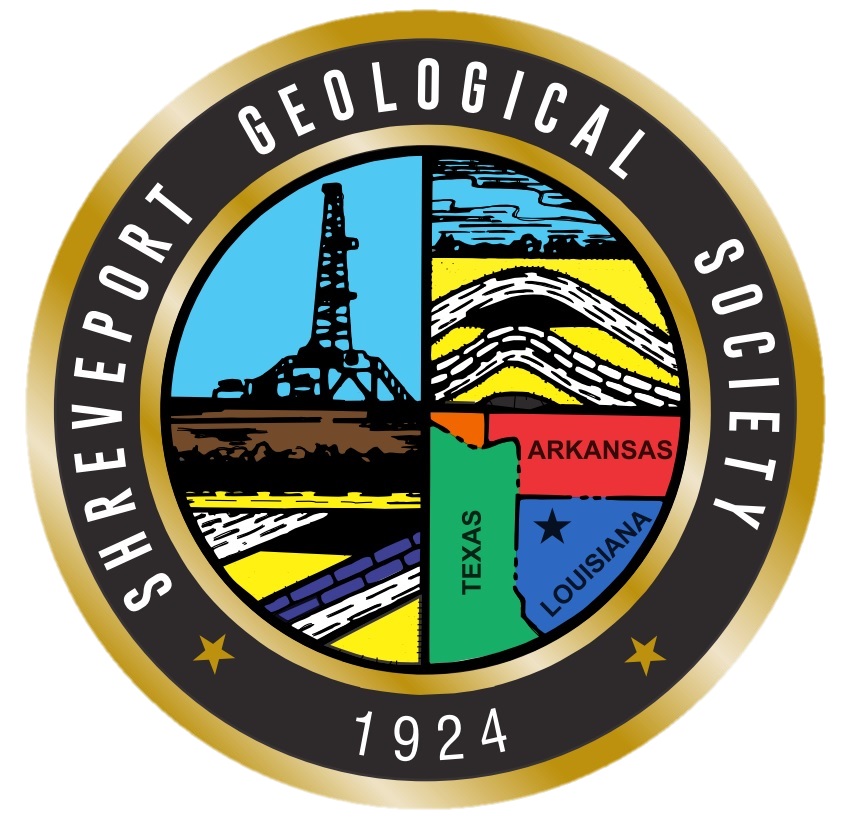In-Person
Where: The Petroleum Club of Shreveport, 15th floor
Cost: $25
If you’d like a seat, kindly use the form below to make your reservation by the preceding Friday.
We encourage members to invite guests, spouses, and friends to any of our meetings.
Virtual
Where: Zoom
(starting at 12:00PM)
Cost: $10
If you’d like to attend virtually, please pay with a credit card below and use the email address where you would like Zoom login details sent. Please make your reservation to attend virtually by noon the day before the meeting.
Biography
David Allen became fascinated by Low Resistivity Pay as a logging engineer along the Texas Gulf Coast in 1979. His early papers on Low Resistivity Pay included Laminated Sand Analysis in 1984 and a 1987 Best Paper on deep filtrate invasion in the sands of East Texas and Southeast Texas. In 1990, he co-authored a key paper on resistivity anisotropy, motivating development of 3D induction tools. At Schlumberger-Doll Research, 1998 to 2006, David led studies unraveling micro porous carbonates using NMR logs.
David received a B.S. in Physics and a B.A. in Economics from Beloit College in 1978. He is currently a Petrophysics Advisor at the Schlumberger Formation Evaluation Center in Houston.
Abstract
Low Resistivity Pay is recognized around the world, in Sandstones, Carbonates and Unconventionals. Driven by field examples, this lecture explains the underlying causes of Low Resistivity Pay and introduces techniques and technologies to evaluate it. During the 20th century the study of Low Resistivity Pay focused on sandstones. Thin beds, micro porosity, and mud filtrate invasion were the main challenges. Solutions include high-resolution logging for thin beds, Nuclear Magnetic Resonance to analyze micro porosity, and Logging While Drilling prior to mud filtrate invasion.
Twenty years ago, Low Resistivity Pay started to be recognized across the Middle East. It became clear that carbonates can be productive at low resistivities close to the Oil Water Contact. Micro porosity was the key here. More recently, Low Resistivity Pay has popped up in gas bearing regions of unconventional reservoirs in Argentina and across the United States. Novel advances in resistivity logging combine with laboratory experiments to suggest that maturation of kerogen into graphite plays a key role, but research continues!







































